The Dairy Alternative Products Market has become increasingly competitive, driven by rising consumer preference for plant-based options, concerns regarding lactose intolerance, and a growing awareness of health benefits associated with non-dairy alternatives.
This market includes a variety of products such as almond milk, soy milk, oat milk, rice milk, and other innovative formulations that cater to diverse dietary needs and lifestyles. The competitive landscape is characterized by a blend of established companies and emerging startups, all vying for market share.
Key strategies employed by industry players include product innovation, aggressive marketing campaigns, diversification of product portfolios, and forging strategic partnerships to enhance distribution networks. As consumer trends continue to shift toward sustainable and health-oriented choices, companies must adapt swiftly to maintain relevance in this dynamic market.
WhiteWave has established a formidable presence in the Dairy Alternative Products Market, primarily known for its strong commitment to sustainability and high-quality ingredients. The company focuses on organic and natural products that resonate well with health-conscious consumers.
Its robust product line includes almond milks, soy milks, and other plant-based beverages, showcasing a dedication to variety and quality, which are significant strengths in gaining consumer trust and loyalty. WhiteWave has also developed a reputation for innovation, often leading the market with new product launches that meet evolving dietary preferences.
Its strategic marketing emphasizes not just the functional benefits of dairy alternatives but also aligns with lifestyle choices promoting environmental stewardship, making it a formidable player in the global landscape.
Blue Diamond Growers has carved out a significant niche within the Dairy Alternative Products Market, primarily recognized for its high-quality almond-based products such as almond milk and almond flour. The company benefits from its cooperative structure, which allows it to leverage the collective resources of almond growers to maintain competitive pricing and product availability on a global scale.
Blue Diamond Growers emphasizes its quality assurance processes and sustainability initiatives, enhancing its brand reputation and trust among consumers. Moreover, with successful mergers and acquisitions in the recent past, the company has expanded its product portfolio significantly, allowing it to cater to a diverse consumer base.Its strategic focus on almond-based innovations and expanding distribution channels has solidified Blue Diamond Growers as a crucial player in the marketplace, addressing the rising demand for dairy alternatives.
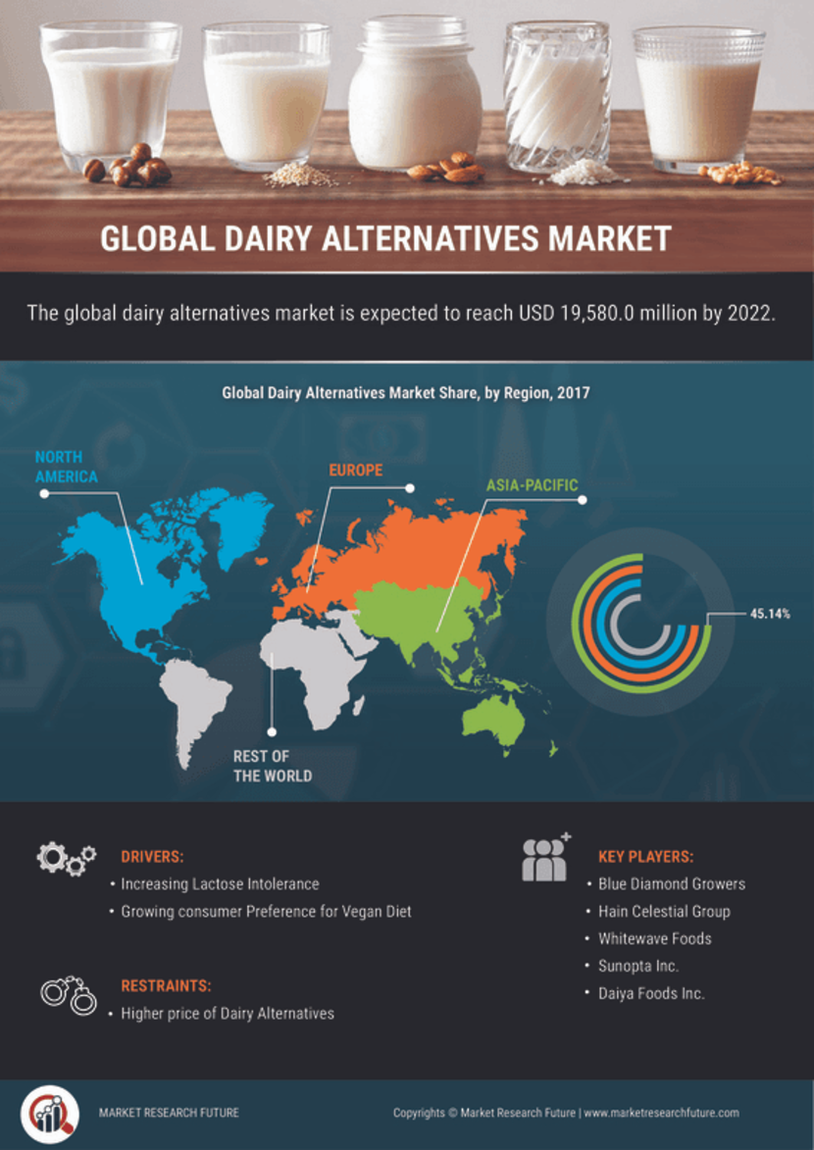

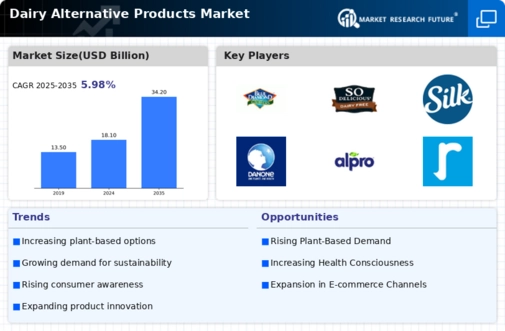
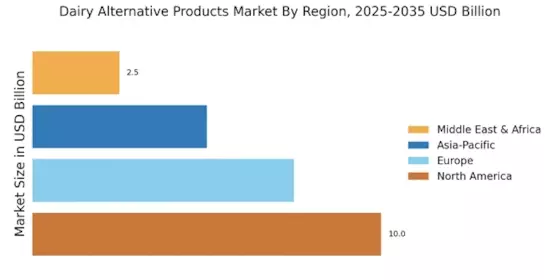
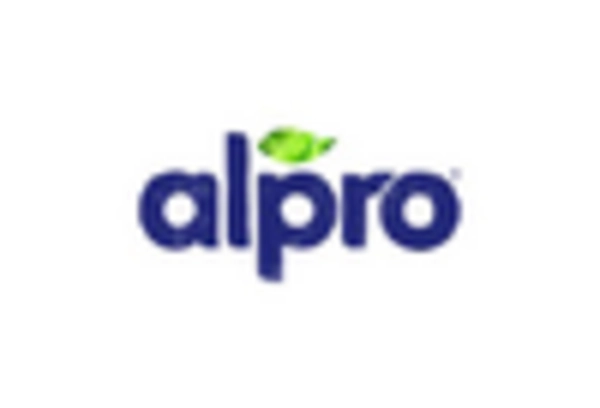
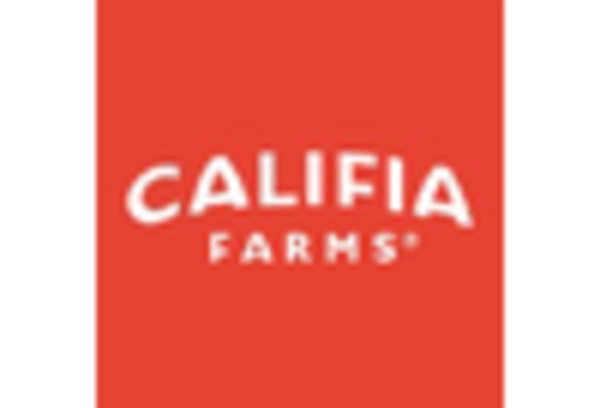
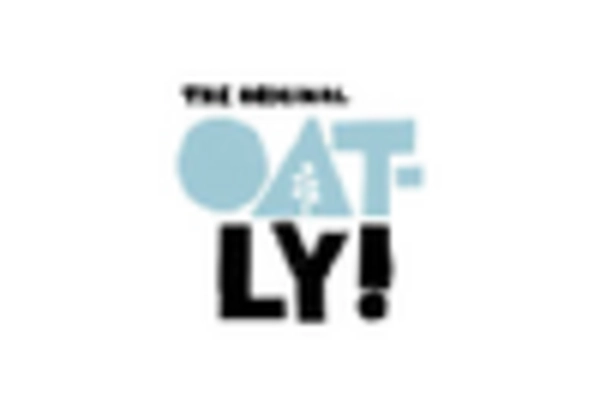


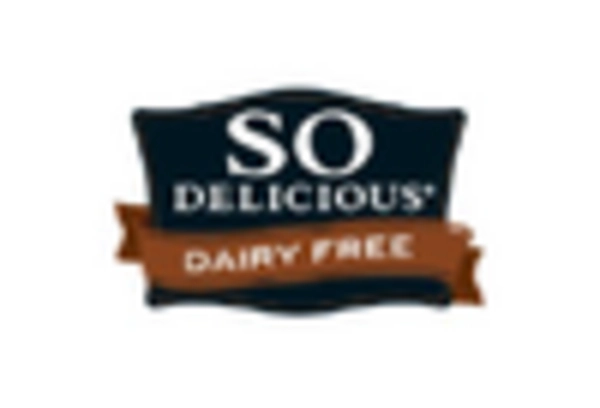








Leave a Comment